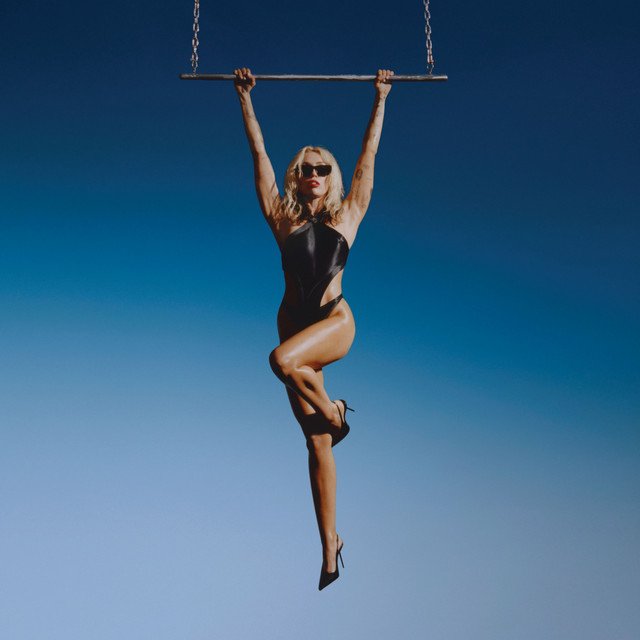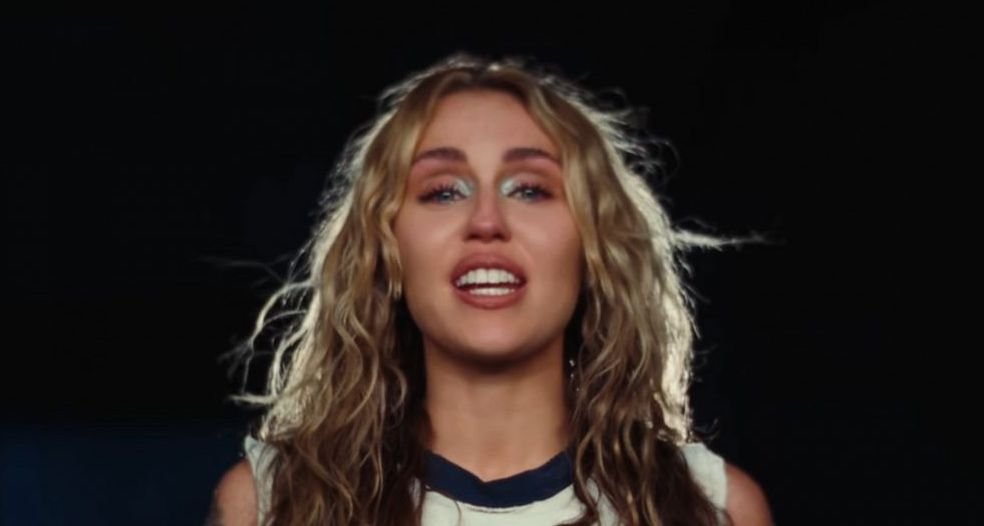The Evolution of Miley Cyrus: Reflecting on the Past with Used To Be Young
Miley Cyrus, a name synonymous with bold transformations and musical versatility, has once again captivated audiences with her latest single, Used To Be Young. This track, a reflective piece from her album Endless Summer Vacation, delves into the singer’s past, not with the expected tinge of regret but with a celebratory tone for the experiences that shaped her.
The Genesis of Used To Be Young
The journey of Used To Be Young began with a unique promotional strategy that harked back to Cyrus’s previous hit, Flowers. On August 14th, cryptic posters featuring iconic verses from her past singles appeared in cities worldwide, building anticipation. This was followed by a striking change to her YouTube thumbnails, alluding to the upcoming release. Cyrus officially announced the single on August 17th, alongside the rerelease of “Endless Summer Vacation: Continued (Backyard Sessions).”
A Date with Significance: August 25th
Cyrus chose August 25th for the release, a date echoing significant milestones in her career, including the release of Wrecking Ball and her memorable VMA performance in 2013. This date signifies not just a nod to her past but also a celebration of her ongoing evolution as an artist.
A Blend of Rock and Pop with Nostalgic Undertones
Used To Be Young stands out for its unique blend of rock and pop elements, creating a sound that is both nostalgic and reflective. The song showcases Cyrus’s powerful vocals, which are complemented by the robust sounds of electric guitars, drums, and keyboards. The mid-tempo pace of the song, combined with its catchy chorus and a bridge that builds up to a climactic finale, creates an immersive listening experience.
Subtle Influences from Adele
Interestingly, Cyrus has mentioned drawing inspiration from Adele while writing Used To Be Young. This influence is subtly woven into the song’s composition, adding depth and emotional resonance to the track. The combination of Cyrus’s distinctive style with Adele’s influence results in a song that is both familiar and fresh, resonating with fans of both artists.
The Lyrics: A Window to Miley’s Soul
The lyrics of Used To Be Young are a poignant reflection of Cyrus’s journey. The opening verse, “The truth is bulletproof; there’s no foolin’ you,” sets the tone for a candid introspection. The chorus, “I know I used to be crazy; I know I used to be fun; you say I used to be wild; I say I used to be young,” encapsulates the essence of embracing one’s past without remorse.
A Sonic Picture of Self-Reflection
Cyrus describes the song as a “sonic picture” of her perspective, a canvas where she paints her experiences and emotions. The lyrics, “Left my livin’ fast somewhere in the past / ‘Cause that’s for chasin’ cars,” reveal a maturity and acceptance of her evolving identity.
Charting Success and Critical Acclaim
Upon its release, Used To Be Young quickly climbed the charts, debuting at #8 on the Billboard Hot 100. This achievement marked Cyrus’s twelfth appearance in the top 10, a testament to her enduring appeal and the song’s resonating impact.
The Collaborative Genius Behind the Track
The song’s production, a collaborative effort between Michael Pollack & Shawn Everett, and the lyrical prowess of Cyrus, Aldae, and Pollack blend seamlessly to create a track that is both introspective and universally relatable.
The Cultural Impact of Used To Be Young
Used To Be Young by Miley Cyrus resonates deeply within the cultural landscape, transcending the boundaries of a typical pop song. This track has become a symbol of personal evolution and self-acceptance, striking a chord with audiences who have followed Cyrus’s journey and those who see reflections of their own growth in her words. The song’s introspective lyrics and memorable melody have positioned it as a significant piece in discussions about life’s transitions and the beauty of embracing one’s past.
A Reflection of Miley’s Artistic Journey
Miley Cyrus’s Used To Be Young is not just a reflection of her personal journey but also a mirror of her artistic evolution. From her early days as a Disney star to her bold forays into diverse musical genres, Cyrus has consistently defied expectations and reinvented herself.

Conclusion: Embracing the Past to Forge the Future
In Used To Be Young, Miley Cyrus offers an insightful look into embracing one’s history to shape the future. The song stands not only as a reflection of her growth as an artist and individual but also as an inspiration for listeners to acknowledge and appreciate their own journeys. It reminds us that our past experiences are not merely memories; they are the foundations upon which we build our future selves.
You might also like:
- What Was I Made For? by Billie Eilish: A Deep Dive into the Song’s Essence and Impact
- Lana Del Rey’s A&W – A Deep Dive into the Lyrics and Their Meaning
- An In-Depth Examination of Mitski’s Washing Machine Heart Lyrics
- Olivia Rodrigo’s Can’t Catch Me Now: The Anthem of Rebellion in The Ballad of Songbirds and Snakes


